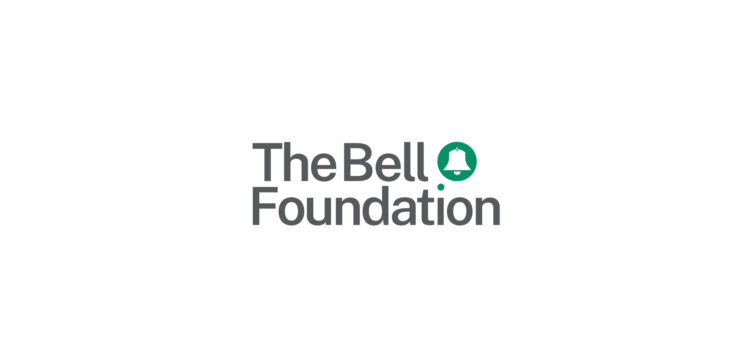Using Comprehensible English – for Secondary School (Online Regional Training)
- Date
- TBC
- Price
- £45
- Type
- Online course, Regional training
- Location
- Online
Explore our seven calls to action for the new Government to integrate children who use EAL.

‘DARTs’ stands for Directed Activities Related to Text. When working with a text, DARTs provide an alternative to traditional comprehension questions as a way of assessing and encouraging understanding. There are two main types of DARTs:
1. DARTs using modified texts:
These are DARTs where the teacher has modified the original text, e.g. by taking out words, phrases or sentences or by cutting the text into segments. This works particularly well for EAL learners when the activities highlight a specific feature of English (e.g. modal verbs). Examples of the kind of activities learners would carry out with a modified text are:
2. DARTs using unmodified texts:
These are DARTs where the teacher provides a copy of the original text, so the learner can annotate or manipulate it. Typical activities using unmodified texts would be:
DARTs can be used in any subject, with any age group and with any type of text. They are particularly useful for learners who are at the Early Acquisition and Developing Competence stages of English language proficiency.
1. True/false: True/false activities can be used with any type of text, fiction or non-fiction, original or simplified. This can be a list of statements where the learner just needs to put a tick or a cross, or cards to sort into two groups. E.g. in Holes by Louis Sachar DARTs learners are given a set of cards to sort into true and false statements.
2. Changing text into a flow diagram: Using the information in a text to fill in a flow diagram can be a useful way of helping learners see how it is structured. For an example see the DARTs activities in Of Mice and Men part 5 where learners are asked to turn a simplified version of the fifth section of the book into a flow diagram.
3. Sequencing: Two sequencing activities are, one where learners have to put sentences in order to create a text, and another where they have to unscramble jumbled up sentences.
Top tip: As well as being useful for independent learning, DARTs can also be carried out by pairs or small groups of learners and this turns them into active, collaborative learning situations giving opportunities for exploratory talk.
Research into reading, e.g. Holden 2004, indicates that it provides a gateway into personal, social and economic development. It has been suggested that literacy will become increasingly important as the 21st century progresses (Moore et al 1999).
It is often possible to complete a comprehension task on a piece of text without fully grasping its meaning, but using DARTs encourages EAL learners to engage with texts in a way that promotes greater understanding.
The term ‘DARTs’ was popularised by Lunzer and Gardner in the late 1970s and 1980s, and their work on the complexity of understanding a text was influential amongst EAL practitioners (Lunzer and Gardner 1979).
Research suggests that EAL learners often demonstrate good decoding skills in English but score less well on reading comprehension measures (Murphy and Franco 2016). Recent research by Joseph and Nation (2018) found that learners with good reading comprehension skills learn new vocabulary more quickly than those who struggle to understand a text and are more sensitive to context. This suggests that activities that focus on meaning are particularly useful for EAL learners.
Holden, J., 2004, Creative Reading. London: Demos.
Joseph, H. and Nation, K., 2018, Examining incidental word learning during reading in children: the role or context. Journal of Experimental Child Psychology, 166. 190-211.
Lunzer, G., and Gardner, K. (Eds.) 1979, The Effective Uses of Reading, London: Heinemann.
Moore, D.W., Bean, T.W., Birdyshaw, D. and Rycik, J., 1999, Adolescent Literacy: A position statement, International Reading Association.
Murphy, V. and Franco, D., 2016, Phonics instruction and children with English as an Additional Language, EAL Journal Autumn 2016, 38-42.